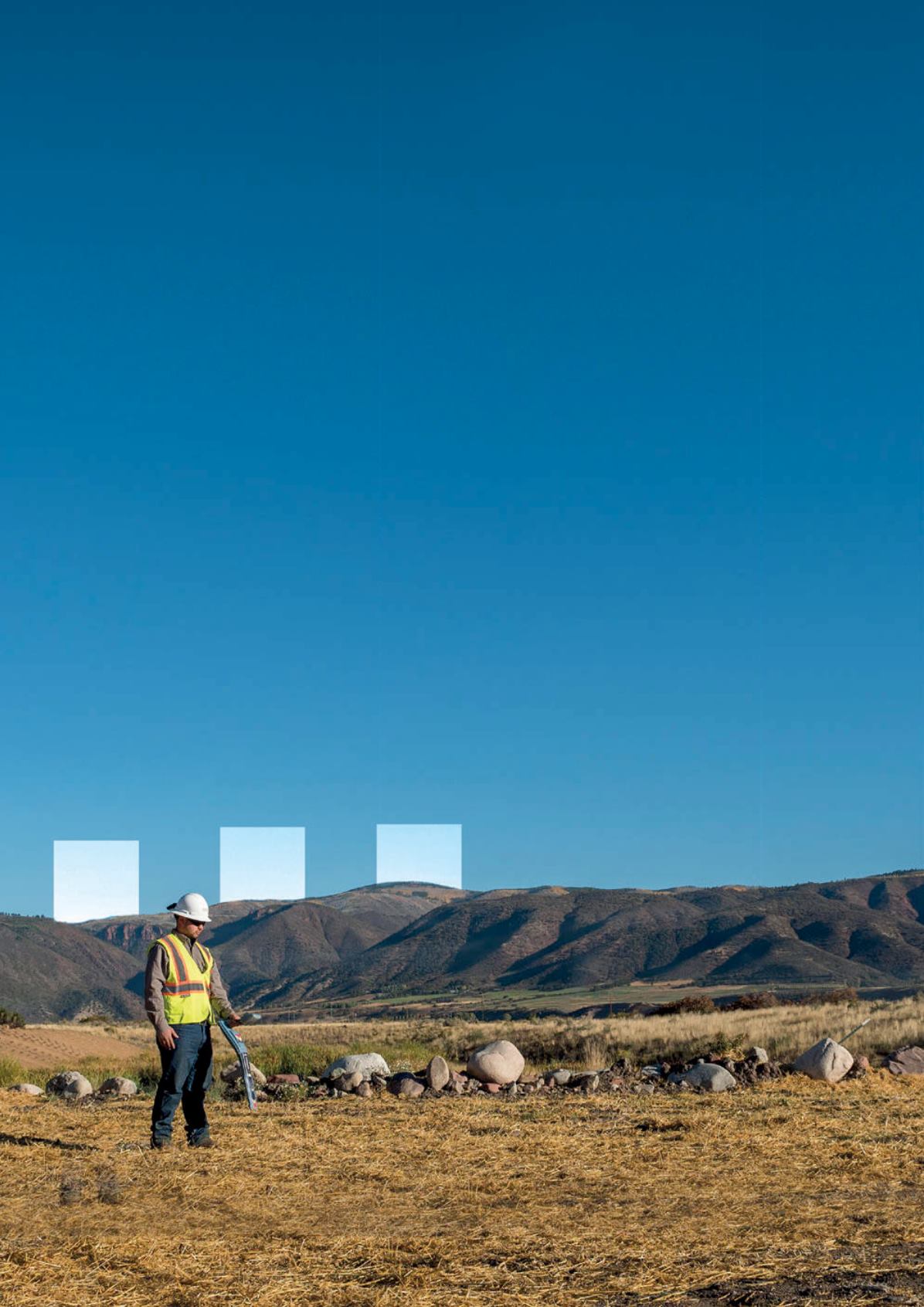
Ted Huck, MATCOR Inc., USA,
highlights the importance of close interval potential surveys as a
means of ensuring pipeline cathodic protection systems are operating to specified standards.
P
erhaps you have seen a safety vest-wearing
survey crew walking down a pipeline right-of-way
(ROW) – a lead person walking in front with a
pipe locator, and a second person following with
a pair of poles and a backpack containing a spool that is
trailing a long thin copper wire – and wondered what they
were doing. Well, they are enjoying a nice walk along the
pipeline ROW; collecting valuable information that is used
to ensure the integrity of the pipeline they are walking.
This article is a primer on close interval potential
surveys (CIPS). For those in the US, the ‘P’ is dropped and
is referred to as CIS. Either way, this survey methodology
is an invaluable assessment tool that is frequently
mandated by pipeline regulatory authorities. This article
describes the process of collecting the information
and how that information is used as a tool to ensure a
pipeline’s integrity.
Any discussion of CIPS surveys should start with a
basic understanding of what pipeline integrity means.
Pipeline integrity represents the efforts by the pipeline
owner to maintain their pipeline assets, and to ensure
that the public is protected from the very serious
consequences of pipeline failures. One of the primary
threats to metallic pipelines is corrosion, indeed the
United States’ Department of Transportation’s ‘Pipeline
Incident 20 Year Trends’ reports corrosion as the second
leading cause of all reported incidents behind material/
weld/equipment failures, and ahead of mechanical
damage from third parties (call before you dig). So, any
discussion of assuring pipeline integrity has to address
corrosion as a significant threat.
Current best practices to prevent metallic pipeline
corrosion include a combination of coatings and cathodic
protection (CP). Coatings provide the primary defence
against corrosion by isolating the pipeline from the
environment while CP provides a secondary level of
corrosion prevention through the application of direct
current (DC) current along the length of the pipeline.
This CP current is intended to flow through the earth
seeking out exposed metal defects, also known as voids
or holidays, in the pipeline coating along the length of
the pipeline. As current flows onto the exposed metal,
the electrical potential of the metal shifts, becoming
more negative as a result of the current application. This
33


